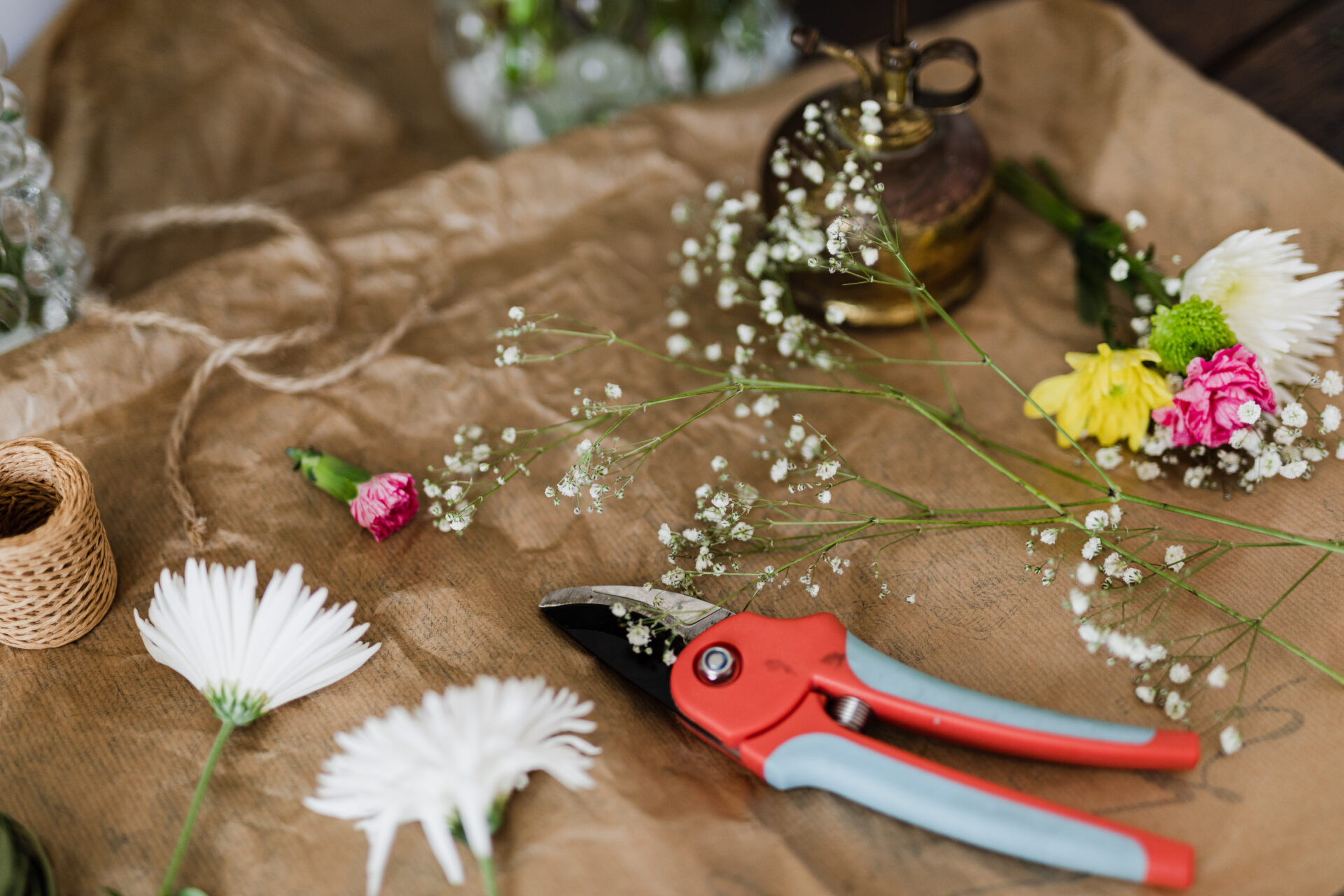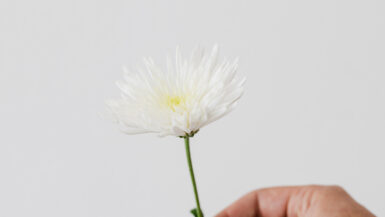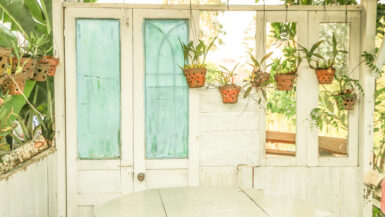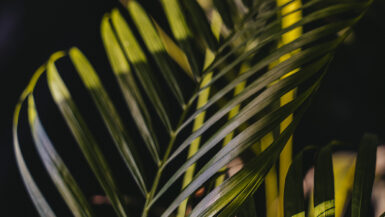Welcome to our comprehensive guide on Growing Exotic Plants in Your Indoor Vertical Garden. Indoor vertical gardening is an innovative and increasingly popular solution for urban dwellers looking to cultivate their green thumb and bring a touch of the tropics into their homes.
This article will delve into the world of exotic plants, discussing the benefits and challenges of growing these unique species in a vertical garden setup. From selecting the right plants and understanding their specific needs to designing a space-efficient vertical garden structure and providing proper care, we will guide you through every step. By the end of this article, you will be well-equipped with the knowledge and confidence to create a lush, vibrant, and thriving indoor oasis teeming with exotic plants that are sure to impress. So, let’s embark on this exciting horticultural journey together!
Creating Optimal Growing Conditions for Exotic Flora
Understanding the specific needs of your exotic plants is crucial for their growth and well-being. Different species have varying light, temperature, humidity, and soil composition requirements. This section will delve into the essential factors to consider when creating the perfect growing conditions for your exotic flora in an indoor vertical garden setting. By tailoring the environment to meet your chosen plant species’ unique needs, you can ensure a thriving and visually stunning indoor garden.
Lighting: A Key Ingredient for Healthy Plant Growth
Exotic plants often come from regions with abundant sunlight, so providing the right amount and quality of light is critical for their growth. While some plants can tolerate lower light conditions, others need bright, indirect light to thrive. To mimic their natural habitat, you may need to invest in supplemental lighting, such as LED grow lights, particularly for vertical gardens that don’t receive adequate natural light.
Temperature and Humidity: Replicating the Tropics
Exotic plants typically originate from tropical or subtropical regions, which means they prefer warm temperatures and high humidity levels. To recreate these conditions in your indoor vertical garden, maintain a consistent temperature between 65°F and 85°F (18°C and 29°C) and aim for a humidity level of 60% or higher. To increase humidity, you can use humidifiers, misting systems, or even a simple tray of water placed near your plants.
Soil and Nutrition: Feeding your Exotic Flora
The soil composition for your exotic plants should closely resemble their natural habitat. Many exotic plants prefer well-draining, nutrient-rich soil with a slightly acidic to neutral pH. To ensure your plants receive the necessary nutrients, use high-quality potting soil formulated explicitly for exotic plants and supplement with appropriate fertilizers.
Vertical Garden Design: Aesthetics and Functionality
A well-designed vertical garden optimizes space and enhances the overall aesthetics of your home. When planning your indoor vertical garden, consider factors such as plant size, growth habits, and visual appeal. To learn more about incorporating a vertical garden into your home decor, check out our article on How to Incorporate a Vertical Garden into Your Home Decor.
By carefully considering these factors and tailoring the growing conditions to suit the needs of your exotic flora, you will be well on your way to creating a lush, vibrant, and thriving indoor vertical garden.
Mastering Pruning and Maintenance Techniques for Vertical Gardens
In addition to providing the ideal growing conditions, regular pruning and maintenance are essential for keeping your exotic plants healthy, attractive, and thriving in your indoor vertical garden. This section will focus on crucial pruning techniques, pest control, and other maintenance practices to help you nurture a lush and vibrant vertical garden. Check out our Ultimate Guide to Indoor Vertical Garden Maintenance for a more in-depth look at maintaining your vertical garden.
Pruning Essentials: Encouraging Healthy Growth
Proper pruning helps control the size of your exotic plants, promotes healthy growth, and maintains the aesthetics of your vertical garden. Regularly remove dead, diseased, or damaged parts of your plants to encourage new growth and reduce the risk of diseases spreading. Remember that different plant species have unique pruning requirements, so it’s essential to understand the specific needs of each plant in your vertical garden.
Pest Control: Keeping Unwanted Visitors at Bay
Exotic plants, such as mealybugs, spider mites, and aphids, can sometimes attract pests. To protect your plants and minimize the risk of infestation, regularly inspect your vertical garden for signs of pests and promptly address any issues. Employing natural pest control methods, such as introducing beneficial insects or using neem oil, can help keep your exotic plants healthy while minimizing the use of harsh chemicals.
Watering and Fertilizing: Nurturing Thriving Plants
Regular watering and fertilization are crucial for maintaining the well-being of your exotic plants. Since vertical gardens tend to dry out more quickly than traditional gardens, monitoring the moisture levels in your plant material and adjusting your watering schedule accordingly is essential. Similarly, providing the right nutrients through regular fertilization will ensure your exotic plants receive the nourishment they need to thrive.
Rotation and Reorganization: Keeping Things Fresh
To maintain your indoor vertical garden’s visual appeal and healthy growth, consider rotating and reorganizing your exotic plants periodically. This practice keeps your garden looking fresh and dynamic and allows your plants to receive equal exposure to light, promoting even growth and preventing overcrowding.
By mastering these pruning and maintenance techniques, you can ensure the health and beauty of your exotic plants in your indoor vertical garden. With proper care and attention, your stunning vertical garden will flourish, providing a captivating and unique focal point in your home.
Choosing the Right Exotic Plants for Vertical Gardens
This subsection will discuss selecting the most suitable exotic plants for your indoor vertical garden. The key to creating a thriving and visually stunning vertical garden is choosing plants that complement each other and adapt well to the unique growing conditions offered by this innovative gardening method. To help you make the best choices for your vertical garden, we will explore various factors to consider when selecting exotic plant species and some popular options that are well-suited for vertical gardening.
Compatibility: Ensuring Harmonious Plant Companions
One crucial aspect of selecting the right exotic plants for your vertical garden is ensuring compatibility among the plant species. This means choosing plants with similar requirements for light, temperature, humidity, soil, and complementary growth habits. By selecting compatible plant species, you can create a harmonious and visually cohesive display while simplifying the maintenance and care of your vertical garden.
Size and Growth Habits: Considering the Space Requirements
When choosing exotic plants for your vertical garden, consider their size and growth habits. Opt for plants that won’t outgrow the available space in your vertical garden structure, as overcrowding can lead to poor air circulation and an increased risk of disease. Select plants with varying heights, textures, and colors to create an eye-catching and dynamic display.
Adaptability: Thriving in Vertical Gardening Conditions
Some exotic plants are better suited for vertical gardens than others, particularly when adapting to the unique growing conditions. Look for plants known for their resilience and ability to thrive in various environments, such as epiphytic plants like orchids, bromeliads, and air plants. These plants naturally grow on trees or other surfaces in the wild, making them well-adapted to the constraints of vertical gardening.
Popular Exotic Plants for Vertical Gardens: Inspiration for Your Indoor Oasis
To help you get started on selecting the perfect exotic plants for your vertical garden, here are some popular options that are well-suited for vertical gardening:
1. Orchids (Orchidaceae): With their stunning blooms and epiphytic growth habits, orchids make excellent additions to vertical gardens. Phalaenopsis, Dendrobium, and Oncidium varieties are well-suited for indoor vertical gardens.
2. Bromeliads (Bromeliaceae): These colorful and versatile plants are perfect for vertical gardens because their leaves absorb water and nutrients. Guzmania, Vriesea, and Aechmea species are popular choices.
3. Air Plants (Tillandsia): These unique and low-maintenance plants do not require soil and can be easily attached to vertical garden structures. They come in various shapes, sizes, and colors, making them a versatile option for your exotic plant display.
4. Ferns: Many fern species, such as the Boston fern (Nephrolepis exaltata) and the Staghorn fern (Platycerium), thrive in the humid conditions of an indoor vertical garden, providing lush, green foliage for a tropical feel.
5. Begonias: With their vibrant blooms and attractive foliage, begonias can add color to your vertical garden. Look for compact varieties, such as the Rex begonia (Begonia rex) or the Wax begonia (Begonia semperflorens) that won’t outgrow the available space.
By carefully considering compatibility, size and growth habits, adaptability, and popular options, you can select the ideal exotic plants for your indoor vertical garden. With the right combination of species, your vertical garden will become an enchanting and serene oasis that transports you to the tropics each time you enter the room.
Providing Proper Nutrition and Care for Exotic Plants
This subsection will explore the essential aspects of providing proper nutrition and care for your exotic plants in an indoor vertical garden. To ensure the health and well-being of your stunning tropical plants, it’s vital to understand their unique needs and adapt your care routine accordingly. We will delve into topics such as watering, fertilizing, and repotting and discuss the importance of monitoring your plants’ health regularly.
Watering Wisely: Finding the Perfect Balance
Exotic plants often have specific watering requirements that differ from common houseplants. Overwatering can be as harmful as underwatering, so finding the perfect balance is crucial. Research the specific needs of each plant species in your vertical garden, considering factors such as their natural habitats and growth habits. A general rule of thumb is to allow the top few inches of the soil to dry out between waterings but constantly adjust according to the unique requirements of your exotic plants.
Fertilizing for Success: Meeting Nutritional Needs
Feeding your exotic plants with the proper nutrients is essential for their growth and overall health. Many exotic plants benefit from regular applications of a balanced, water-soluble fertilizer, but some may have specific requirements. For example, epiphytic plants like orchids and bromeliads may benefit from specialized fertilizers to meet their unique needs. Be sure to research the nutritional requirements of each plant species and adjust your fertilization routine accordingly.
Repotting and Root Care: Supporting Strong Foundations
As your exotic plants grow, they may eventually outgrow their containers and require repotting. Regularly inspect your plants’ root systems and repot when necessary to avoid root-bound conditions that could stunt their growth or lead to other health issues.
When repotting, choose a well-draining potting mix specifically formulated for exotic plants, and select a container that provides adequate room for root growth without being too large. This will help maintain the proper moisture levels and provide the nutrients for your exotic plants to thrive.
Monitoring Plant Health: Being a Vigilant Caretaker
Regularly monitoring the health of your exotic plants is essential to ensure they receive the proper care they need to thrive. Watch for signs of stress or illness, such as yellowing leaves, wilting, or pests. Address any issues promptly and adjust your care routine as needed to maintain the health and well-being of your indoor vertical garden. Additionally, consider keeping a gardening journal to track your care routine and any changes in your plants’ appearance or health. This can provide valuable insights into the needs of your exotic plants and help you become a more effective and confident caretaker.
By carefully considering these aspects of proper nutrition and care for your exotic plants, you will be well-equipped to create a thriving and visually stunning indoor vertical garden. With dedication, attention to detail, and a willingness to adapt your care routine to meet the unique needs of your plants, you can nurture a lush and vibrant tropical oasis within your home.
Innovative Vertical Garden Structures for Exotic Plant Cultivation
Selecting the proper garden structure is paramount when creating an indoor vertical garden for your exotic plants. An innovative and well-designed vertical garden structure optimizes space and provides the necessary support and growing conditions for your exotic flora. This subsection will explore various vertical garden structures, giving inspiration and guidance to choose the most suitable option for your unique indoor gardening project.
Wall-Mounted Planters: A Space-Saving Solution
Wall-mounted planters are popular for indoor vertical gardens due to their space-saving design and versatility. These planters can be made from various materials, such as metal, wood, or plastic, and come in multiple styles to suit your home decor. When selecting wall-mounted planters for your exotic plants, consider weight capacity, drainage, and ease of installation factors. Additionally, ensure that your chosen wall surface can support the weight of the planters, plants, and growing medium.
Freestanding Vertical Garden Systems: Mobility and Flexibility
Freestanding vertical garden systems offer the advantage of mobility, allowing you to move and reposition your exotic plant display as needed quickly. These systems typically consist of shelves or racks with integrated planters, providing ample room for your exotic plants to grow and flourish. When choosing a freestanding vertical garden system, consider the overall size, stability, and material quality, ensuring that it can support the weight and size of your exotic plant collection.
Modular Vertical Garden Kits: Customizable and Expandable
Modular vertical garden kits offer a customizable and expandable option for indoor exotic plant cultivation. These kits typically consist of individual planter units that can be easily connected and arranged according to your desired layout and available space. This flexibility allows you to create a unique vertical garden that can be adapted and expanded as your plant collection grows. When selecting a modular vertical garden kit, look for options that provide adequate drainage, ventilation, and support for your exotic plants.
Hanging Gardens: A Suspended Oasis
Hanging gardens offer an eye-catching and space-efficient solution for your indoor exotic plant display. This vertical garden structure suspends plants from the ceiling or other overhead structures, creating a captivating aerial display of lush foliage and vibrant blooms. Hanging gardens are particularly well-suited for epiphytic plants, such as orchids, bromeliads, and air plants, which naturally grow on trees or other surfaces in their native habitats. When designing your hanging garden, consider factors such as weight capacity, ease of maintenance, and plant compatibility, ensuring a thriving and visually stunning display.
Selecting the most suitable vertical garden structure for your exotic plant cultivation is crucial for the success of your indoor gardening project. By exploring the options available and considering factors such as space, weight capacity, and plant compatibility, you can create an innovative and captivating vertical garden that showcases your exotic plants in all their splendor. With the proper garden structure, your indoor oasis will provide a lush and serene escape, transporting you to the tropics with every glance.







Leave a reply